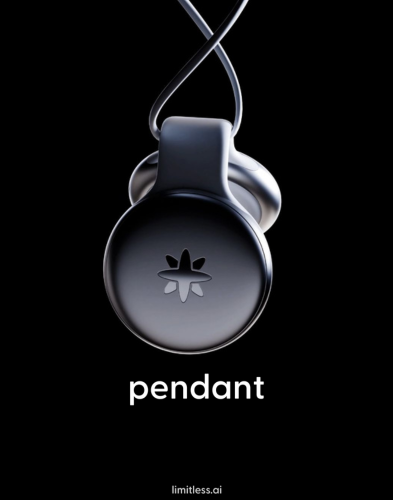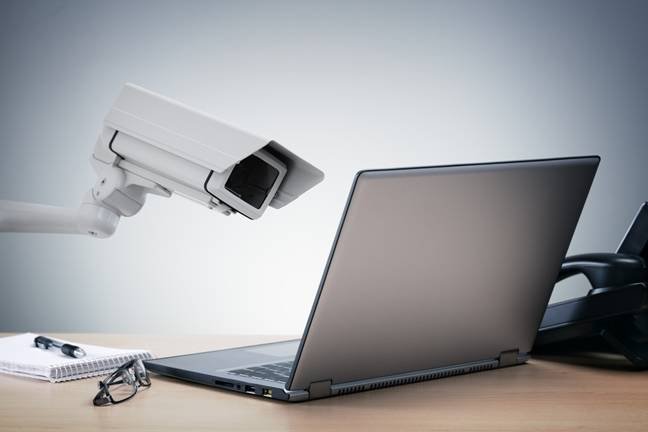Windows 95 testing almost stalled from cash reg overflow • The Register

Windows 95 will soon turn 30. Microsoft veteran Raymond Chen recalled that when testing Microsoft’s reimagining of Windows, an overflow was discovered that had nothing to do with the operating system itself.
According to Chen, the problem happened when an enterprising Microsoft manager acquired as many different applications as possible to try out on the operating system.
Microsoft was keen that the rollout of the new product went off without a hitch, so a huge emphasis was placed on compatibility. To that end, the development manager took his truck to a local store and bought one copy of every PC program in stock. The resultant stack of boxes was dumped on the tables in Microsoft’s cafeteria, and the Windows 95 team was encouraged to help themselves.
The catch? Taking one or two programs meant that the engineers concerned had to take responsibility for testing them against Windows 95. They had to log any problems, and surrender the application for further investigation if asked.
Engineers also got to keep the software once Windows 95 shipped. “If you did a good job with your two,” Chen recalled some years ago, “You could come back for more.”
An interesting approach to checking compatibility, and quite different from the Windows Insider program of today.
However, there was an unexpected consequence of picking up so much software that could be described as an overflow, or perhaps an example of ill-thought-through character limits. Not in Windows 95, we hasten to add, but in the cash register at the store that the Microsoft manager visited.
“The store’s cash register crashed whenever the total exceeded $10,000,” said Chen, suggesting that, as well as testing Windows 95, Operation “Buy All The Things” also tested the retail system and found it wanting.
While the total might seem almost like a rounding error to today’s users pondering their Azure subscriptions or Mac Pro purchases in the Apple Store, it was a big deal in the 1990s. “Who would buy $10,000 of stuff by just walking into a store? If you’re going to buy that much stuff, you would use a purchase order, right?” said Chen.
The solution was one familiar to many programmers. Break the total into chunks that do not exceed the $10,000 limit.
So, the testing happened, and the rest is history.
However, it is amusing to think that Windows 95 was almost undone by some programmer not anticipating how big certain numbers might get in an entirely separate system. Windows 95 had many issues, but sticking a number bigger than 10,000 into its calculator was not one. ®











